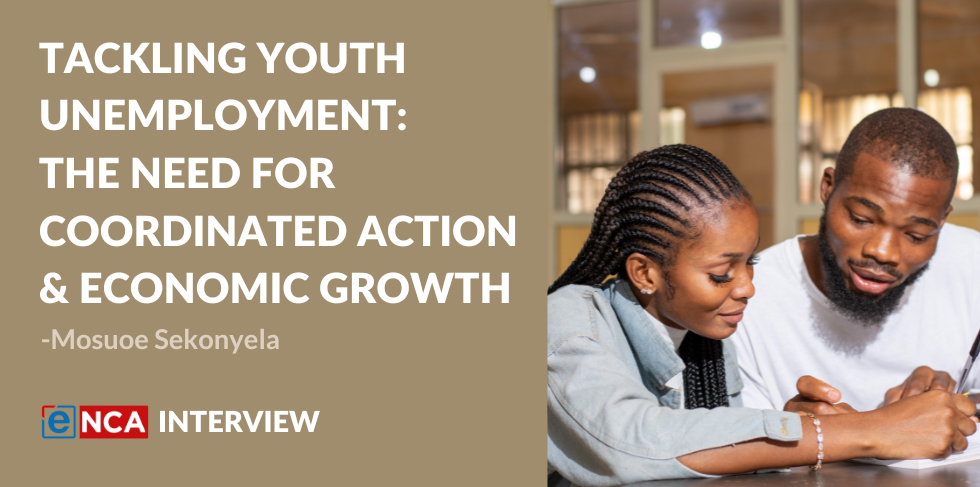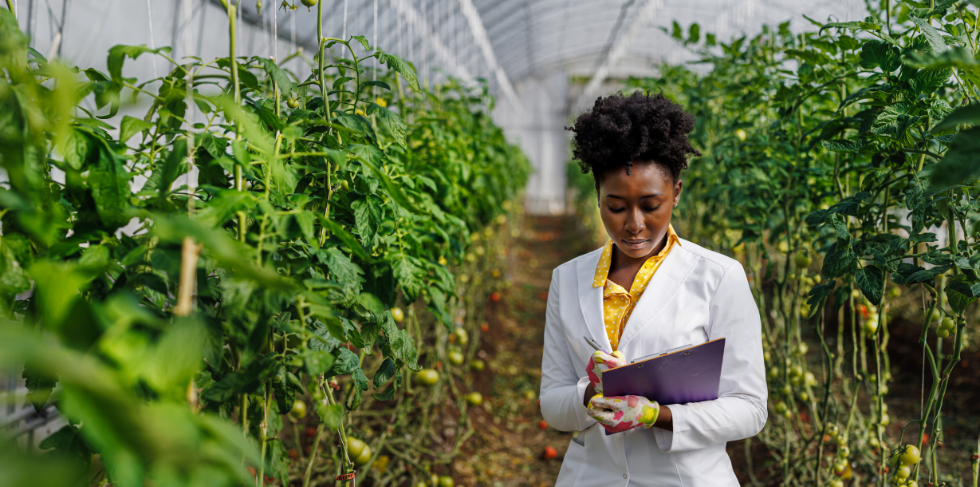The latest Quarterly Labour Force Survey results suggest that the number of employed young people has increased for two consecutive quarters. While these numbers are the highest they have been in the past two years, this slight bounce-back is cause for very cautious optimism. Employment remains considerably lower than pre-lockdown.
Young people’s employment journeys are often characterised by resilience – a term that has come under recent scrutiny. Resilience alone will not get us through these multiple, overlapping crises. But what if resilience were a map, a pointer of sorts and a source of clues on what initiatives, ideas and communities we need to invest in and support to accelerate our eco-nomic recovery? For example, the labour market points to resilient sectors that, de-spite the pandemic, can be a case for investment and scale.
Very few sectors, if any, have been able to return to pre-pandemic levels of employment, and certainly not to the levels seen before the 2008 financial crisis. However, in early 2022, nearly a quarter of a million young people re-entered the labour market – the biggest uptick since the start of the pan-demic. While the most significant gains were in community, social and personal services, there seems to be hope in other sectors too.
The financial intermediation, insurance, real estate, and business services sectors are the closest to returning to pre-pandemic employment levels, despite temporary losses–suggesting that they hold promise.
During and despite the pandemic, the South African global business services (GBS) sector created more than 50,000 cumulative new jobs, the majority of which were for young people, with key investments from international companies like Amazon, Webhelp and TransUnion, amongst many others. Globally, the impact sourcing market is around 350,000 full-time equivalent (FTEs) and is predicted to increase. Could this be the next “shop floor” – with the potential to absorb large numbers of young people into the workforce of the future, as the manufacturing boom did in Asia?
We certainly think so. A report by McKinsey suggests that cumulative jobs in the South African GBS sector could reach as much as 775,000 by 2030. This sector is evidence of real resilience, even in the face of the pan-demic.
And as the digital economy continues to grow and needs digital and ICT skills to fuel its requirements, digitised services have the potential to unlock jobs for youth at scale. In November 2020 (mid-pan-demic), Harambee, BPESA, PPGI, IITPSA and with the Digital Council, forecasted demand for 66,000 digital jobs, two-thirds of which were entry-level roles. Desktop support technicians, junior software developers, and data analysts topped the list of the most in-demand entry-level opportunities. And over the next few years, machine learning and data management skills were deemed to grow in importance, with data analysts viewed as the most in-demand.
Our young people also offer clues of where resilience occurs, but importantly, where we need to invest and support them on their employment journeys. Take, for ex-ample, Shana Muduray, who is now part of the DigiLink programme that provides managed digital ser-vices to support businesses while developing the next generation of young digital talent.
The 25-year-old began her studies to become a chartered accountant at UCT. While she wasn’t enjoying the course, she was in no position to forgo the credits she’d earned, so had to find a new learning path that would accept the credits she already had, which is when she discovered Information Systems. Unfortunately, after completing her degree, she could not find any IT work due to her lack of experience—one of the most significant barriers keeping young graduates out of work. After three years of constant rejection, it’s no wonder she was discouraged and depressed, so she went back to studying. This time, her 6-month programme at CapaCiTi focused on digital job readiness and skills development, so she was better equipped to enter and succeed in the digital economy. From there, she applied to the DigiLink pro-gramme, which she’s been on for eight months (with four remaining), working in automotive software testing. By all accounts, she’s ex-celling—Shana is top of her class and, hopefully, on a smoother path to employment. The DigiLink programme since inception has enjoyed 100% conversion of its candidates into employment.
If we look close enough, there are hidden clues everywhere to help us identify enablers of resilience that can nudge us towards recovery and beyond. So, this Youth Month, let’s not use the word resilience to simply celebrate endurance.
Let’s instead investigate the spaces where resilience occurs and, with intentional focus, coordinated investment and targeted attention, build on these clues that can enable us to bounce back into sustained, inclusive economic recovery.
Source: Written by Evan Jones, Strategy Director at Harambee Youth Employment Accelerator and published in Conext June 2022 Edition – the official newsletter of the Digital Council Africa. Published 24 June 2022.





 Stay Connected
Stay Connected



